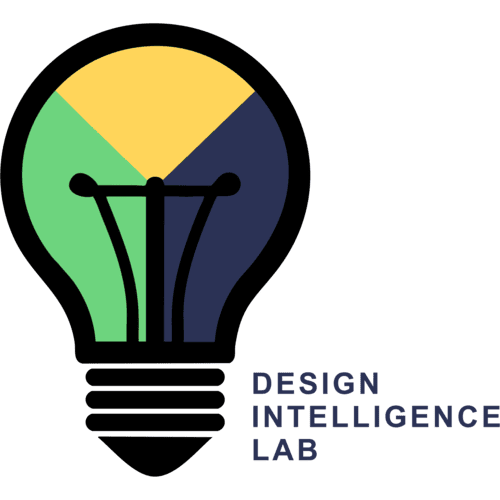Abstract
In 2011 and 2012, we organized two workshops on computeraided bio-inspired design sponsored by the United States National Science Foundation (NSF). These workshops brought together a few dozen leading researchers in computational methods and tools for biologically inspired design, 1 and led to an edited volume [1]. The first chapter of the volume reports on the discussions at the two workshops. The success of the two workshops also led to this JMD special issue.
The special issue consists of 13 significant articles. The first section contains two survey articles. In “‘Where Are We Now and Where Are We Going?’: The BioM Innovation Database,” Jacobs, Nichol, and Helms carefully and rigorously attempt to identify and archive the state of bio-inspired design practice as it exists in actual artifacts, products, and systems. Specifically, the authors address four questions.(1) Are products which are identified as being bio-inspired actually bio-inspired?(2) To what extent do bio-inspired designs mimic the forms, processes, and interactions of biological systems?(3) To what extent do bio-inspired designs exploit the scale and range of biological systems?(4) What patterns of design practice can we learn from successful bio-inspired design practitioners? Their process begins by collecting existing bio-inspired designs into a database that they can query for specific information about the design. Specific information is collected on 380 designs. The research team extensively interviewed bio-inspired design practitioners to create rich and detailed knowledge about the bioinspired design. Although the processing and documentation of the state of bio-inspired design is ongoing, the research team did learn that more designs are solution based than challenge based, most designs claiming to be bio-inspired are, and most bio-inspired design teams are multidisciplinary and struggle with communication between the disciplines. Also, the research team discovered that bio-inspired design may be co-opted as a marketing element, thus decreasing the value and rigor of the bio-inspired design process.
